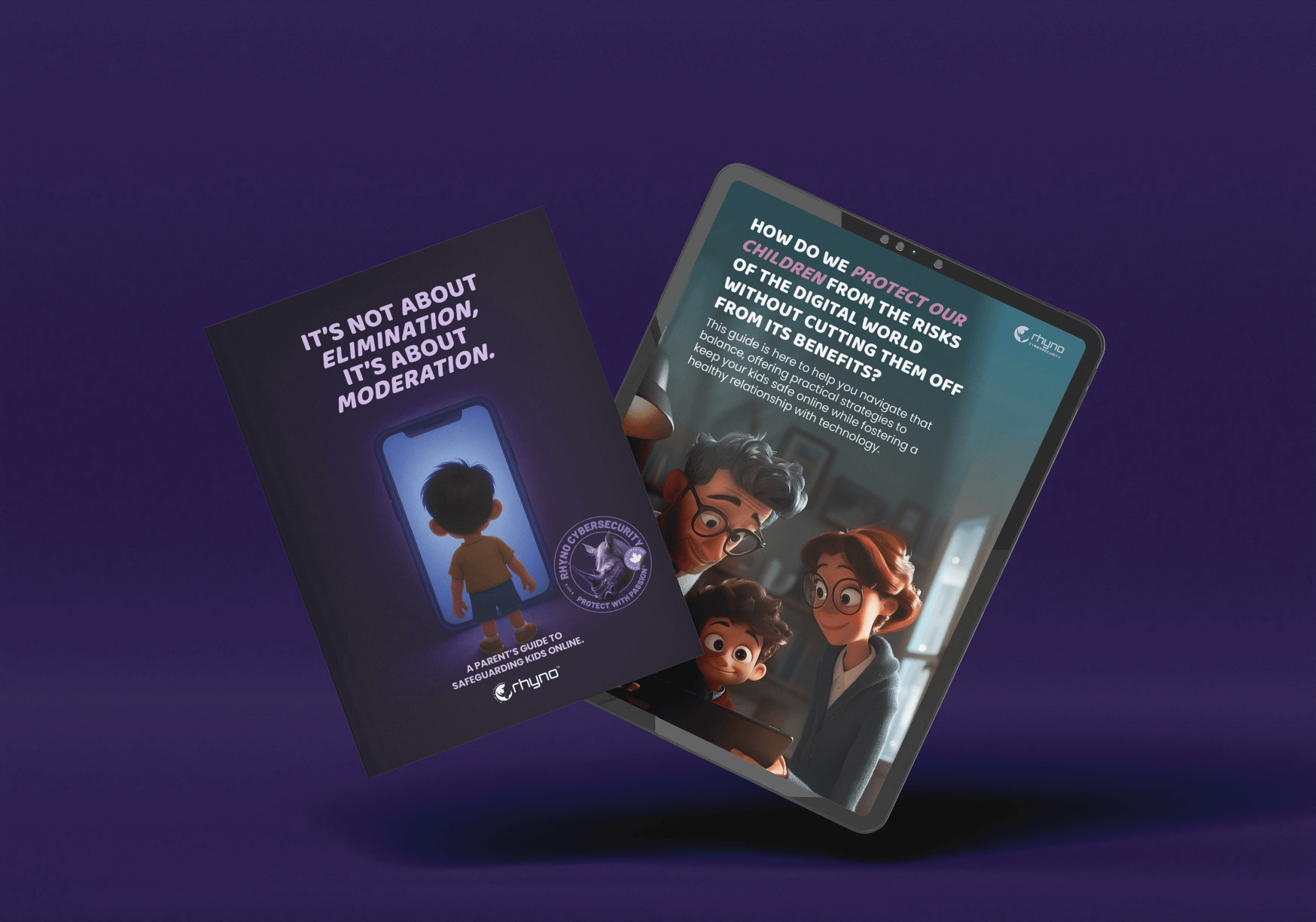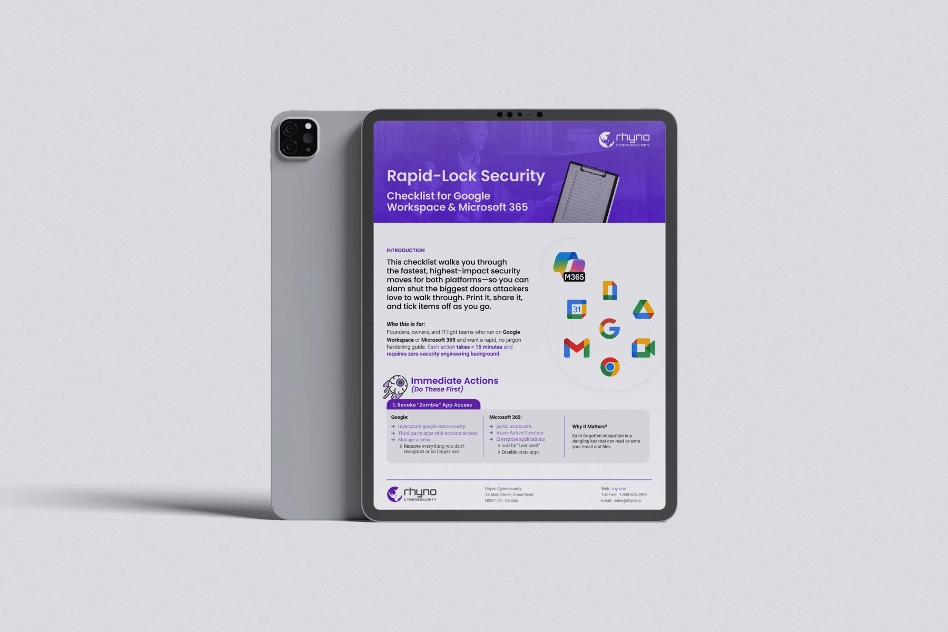The Web’s Biggest Password Leak Puts Billions at Risk
A Record-Breaking Trove of Stolen Credentials Comes to Light
A data cache containing roughly 16 billion usernames and passwords has surfaced on dark-web forums, according to investigative work led by researcher Vilius Petkauskas and the Cybernews team. Spread across 30 colossal files—each one holding anywhere from tens of millions to more than 3.5 billion entries—this hoard appears to eclipse every previous haul of leaked credentials. What makes the discovery even more unsettling is Cybernews’ assessment that almost all these records are new rather than re-packaged scraps from older hacks.
Lawrence Pingree, a vice-president at network-security firm Dispersive, notes that both government agencies and criminal gangs trade such lists. While analysts still need to comb through the full dump to weed out duplicates, Pingree stresses that “16 billion entries is enormous by any measure.” Each e-mail-and-password pair is fuel for phishing, identity theft and account takeovers.
Why the Numbers Matter
The leaked sets span every corner of the internet—social networks, developer portals, VPNs, cloud dashboards, even government services. Only one file, an earlier 184-million-password stash, had been publicly reported before; everything else is fresh dirt. Because each record is formatted with a web address, user name and password, attackers can plug the data straight into automated scripts that test stolen logins at high speed across thousands of sites.
Security leaders warn that many people still recycle the same secret string from one site to the next. Once crooks find a working combination, they can stroll into banking apps, tax portals and health-care records with frightening ease. Evan Dornbush, a former NSA analyst who now heads Desired Effect, puts it bluntly: “It doesn’t matter how clever your password is—if the database is breached, it’s theirs.”
Shared Responsibility—or Passing the Buck?
Opinions differ on how much blame falls on ordinary users. Javvad Malik of training firm KnowBe4 argues that both companies and customers must pull together: firms should lock down their systems, and people should embrace unique, strong logins plus multi-factor checks. Paul Walsh, chief executive of anti-phishing start-up MetaCert, counters that it is unfair to expect the public to spot sophisticated scams that seasoned professionals miss. He champions a zero-trust approach in which every link is verified automatically before a user ever clicks.
Where experts do agree is on practical steps available today. Keeper Security co-founder Darren Guccione urges individuals to adopt password-manager apps that create and store random strings, and to sign up for dark-web monitoring alerts that flag when an address shows up in stolen lists. For companies, Guccione recommends a zero-trust architecture that grants staff the least amount of access required for their roles, while tracking every login made to sensitive systems.
The Push Toward Passkeys
Against this backdrop, large tech players are racing to ditch passwords entirely in favor of passkeys—cryptographic tokens tied to a phone or hardware key and unlocked with a face scan or fingerprint. Google has enabled passkeys for billions of accounts, Apple and Microsoft support them across their ecosystems, and Facebook joined the club earlier this month.
Rew Islam, a security lead at Dashlane and co-chair of the FIDO Alliance, predicts that over the next three years passkeys will go mainstream. Because users never type or see the underlying secret, there is nothing for malware to steal or for leaks such as this mega-dump to expose. “Most people are ready to abandon passwords,” Islam says. “They already unlock their phones with a glance or a touch.”
What You Should Do Right Now
If you still reuse any password—even a long one—across more than one site, change it today. Swap critical accounts first: banking, e-mail, cloud storage. Turn on multi-factor authentication wherever it is offered. Consider a reputable password manager to generate different logins for every service without the headache of memorizing them. And where passkeys are an option, switch. The technology removes the single biggest target attackers crave: a text string that never changes.
Finally, stay alert. Phishing texts and emails often spike after large breaches as criminals test their new databases. Never click a link that asks you to “verify” or “update” a password out of the blue. When in doubt, open a fresh browser tab and navigate to the site yourself.
The 16-billion-record leak is a wake-up call, but it need not be a catastrophe. Strong, unique credentials, layered verification and the gradual shift to passkeys can blunt the damage. In the connected world we all share, guarding one password at a time is no longer enough; we must redesign the entire system so that a single stolen secret can’t unlock every door.


